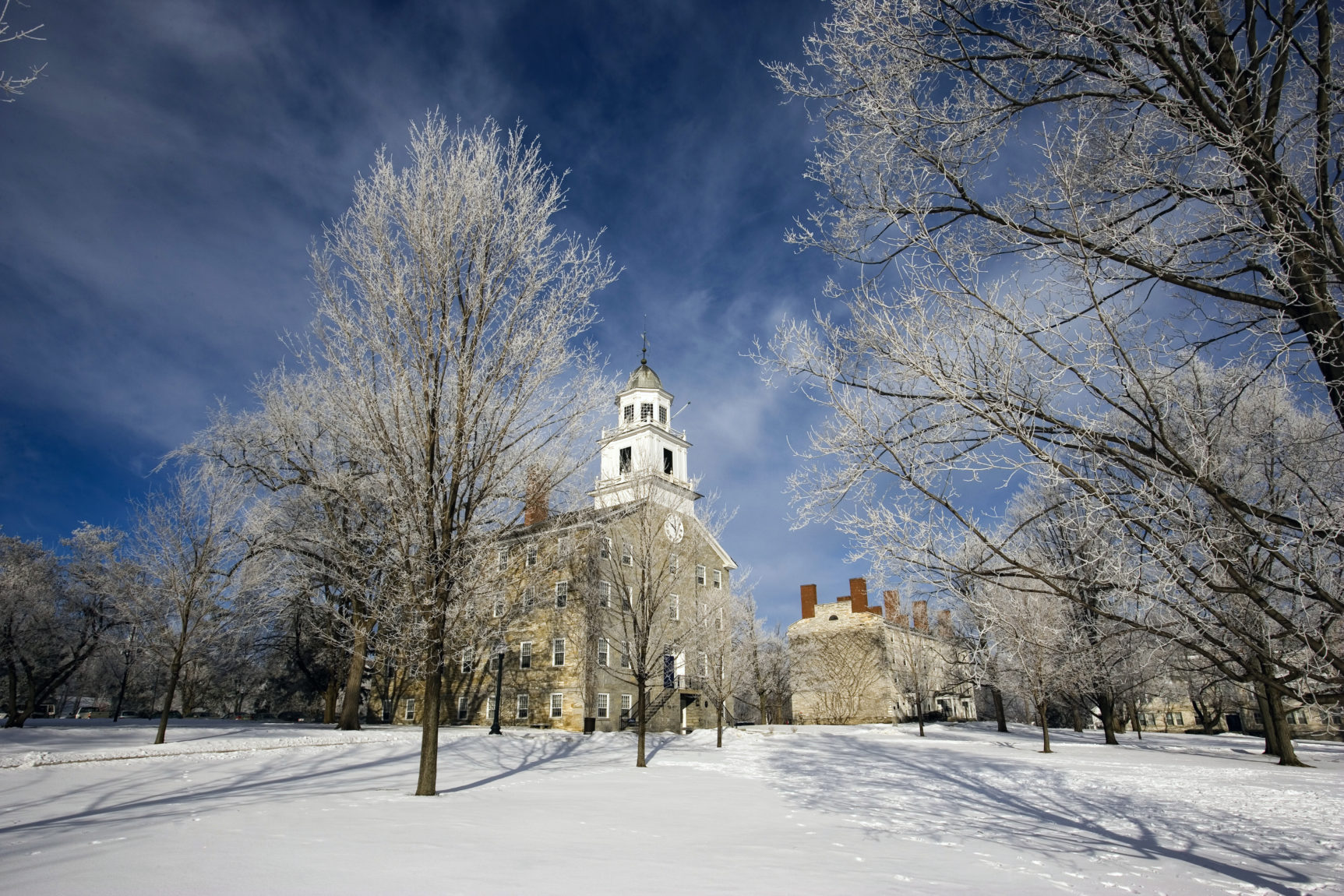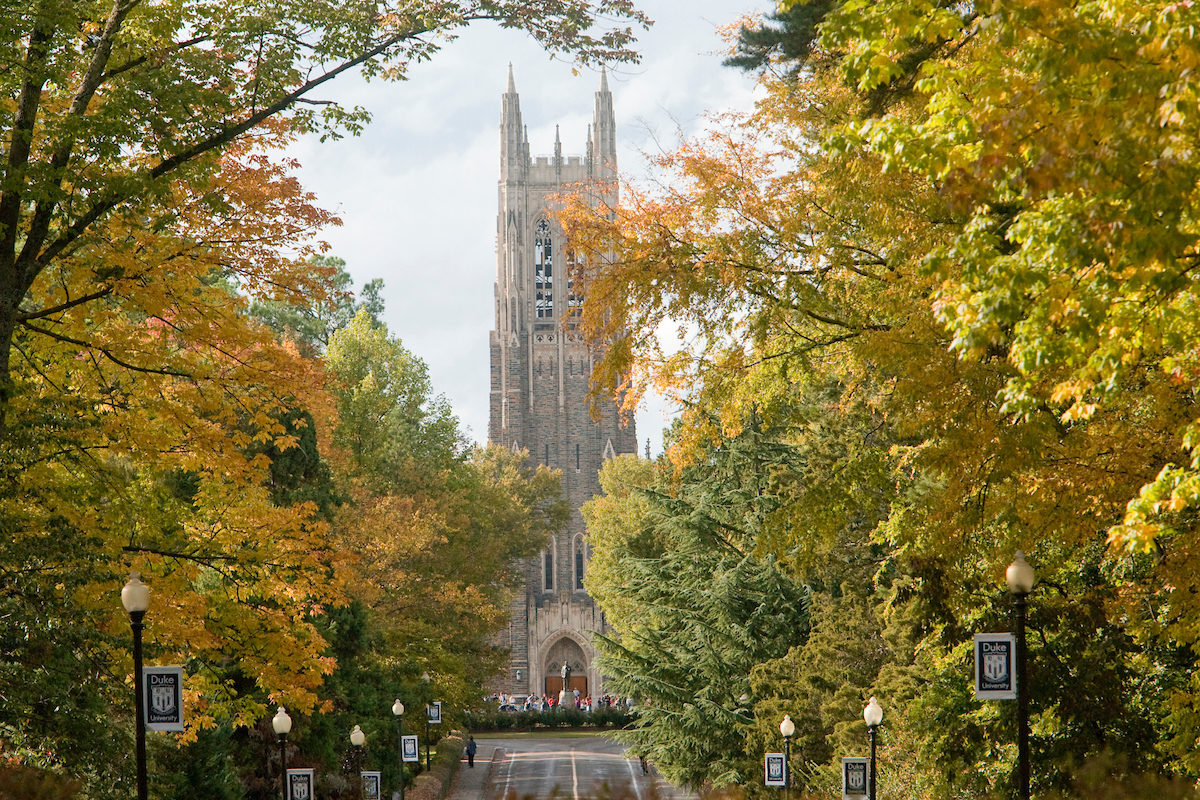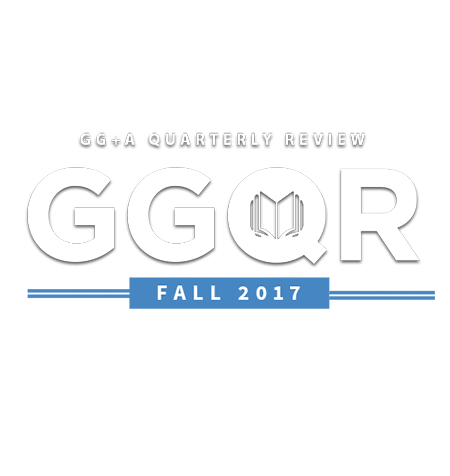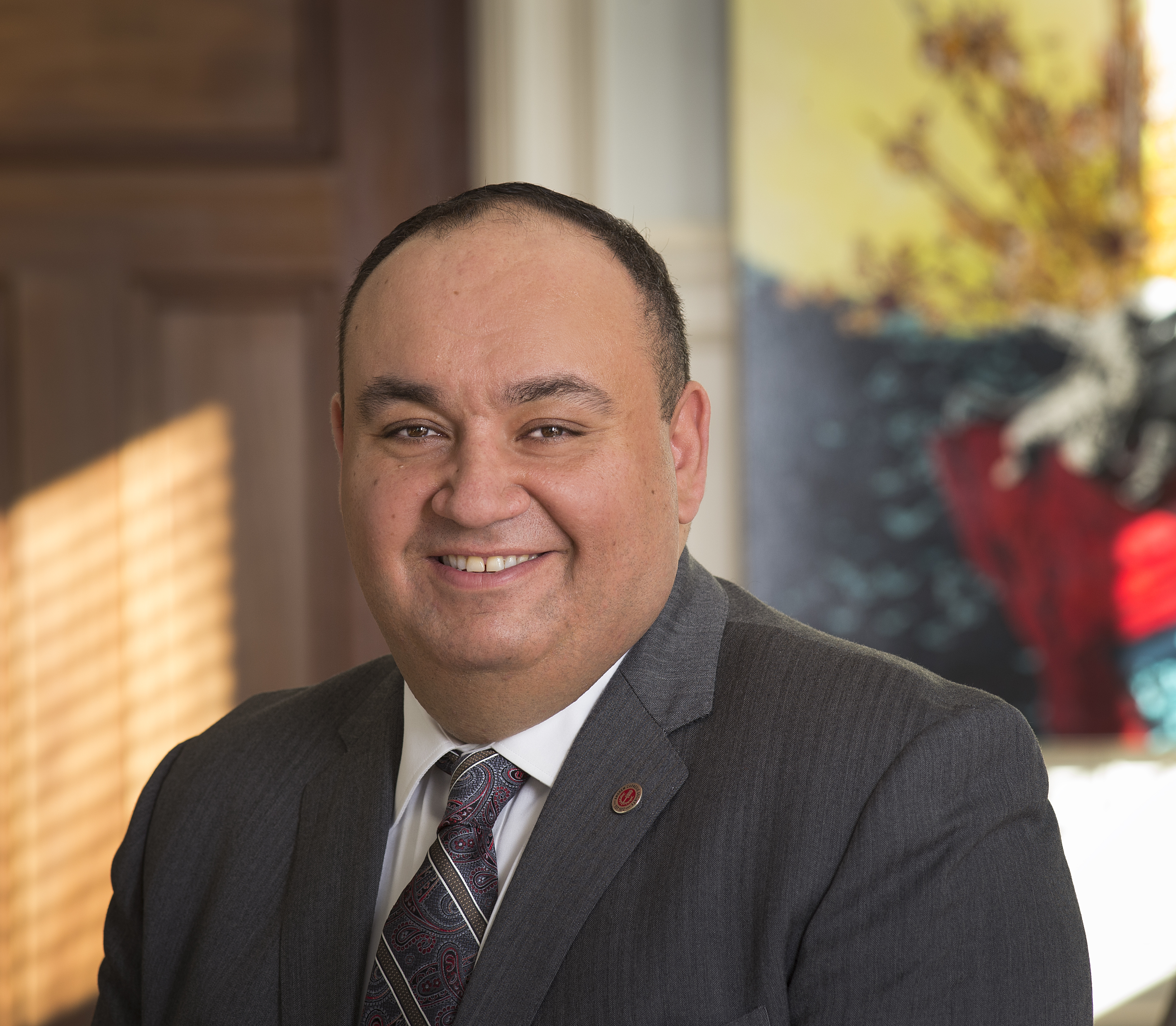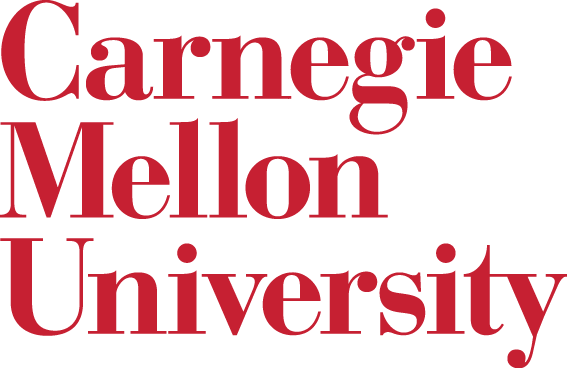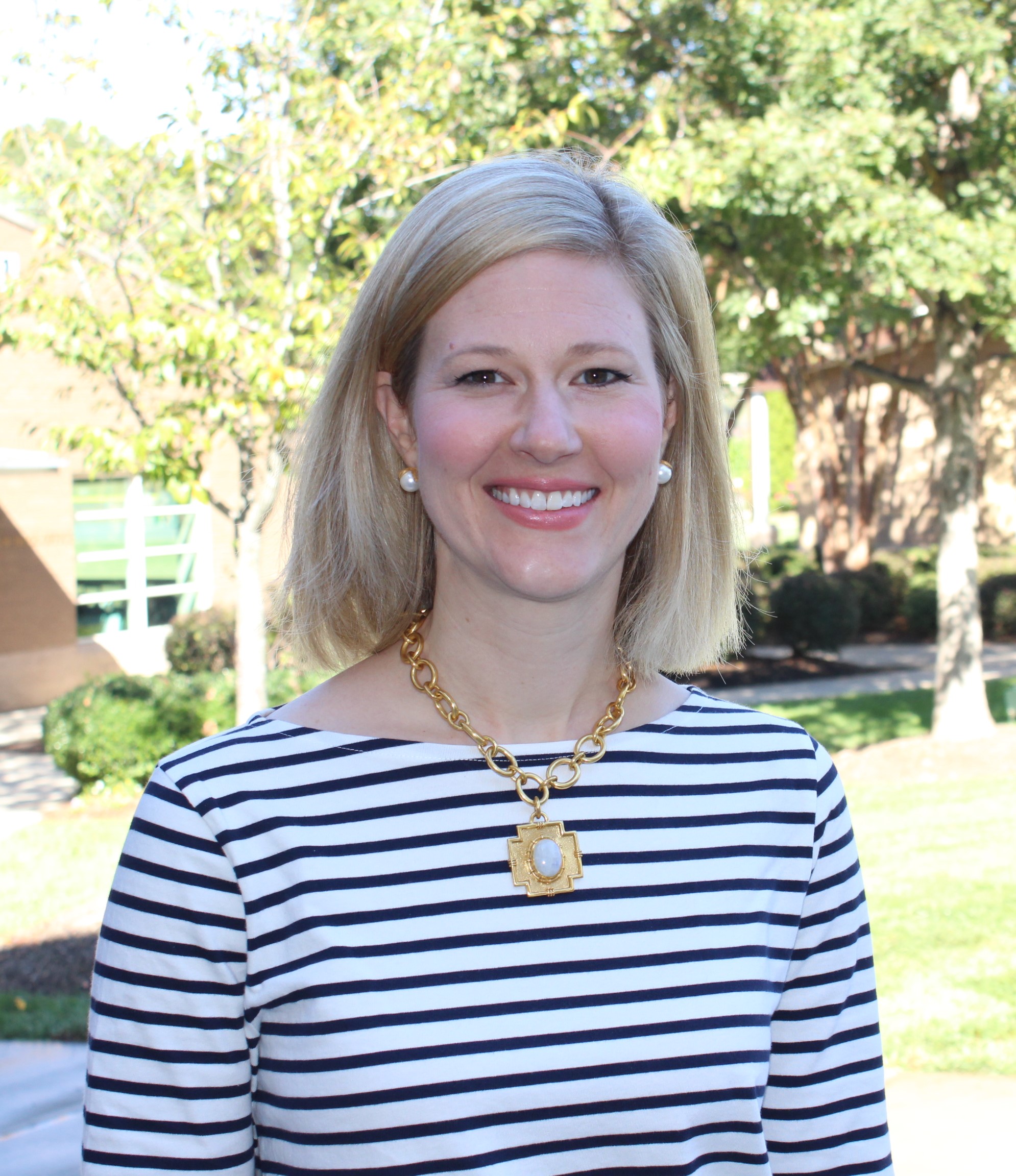1
Focus On
Sustaining Successful Stewardship Programs
How does a successful stewardship program stay at the top of its game? What can advancement leaders learn from a university and an independent school that have exceeded ambitious campaign goals, and an academic medical center with a well-deserved reputation for successful stewardship?
GG+A spoke with fundraising and stewardship leaders at Duke University, the Loomis Chaffee School, and the MD Anderson Cancer Center to find out.
A consistent pattern among these three leading programs was that they persistently execute a core stewardship program, and entrepreneurially collaborate inside and outside their immediate circles of influence to find resources to enhance that program.
The persistent execution requires fostering tight linkages between stewardship, frontline fundraising, and business offices, especially in terms of relationship-building and business processes.
The entrepreneurial collaboration involves working with other internal units like communications, who can provide customized content and tools like design templates; and, with external entities like other institutions.
Success certainly breeds challenges, such as report volume, increased need for customized content, and pressure to make events fresh, relevant, and customized.
To meet these challenges, fundraising and stewardship leaders are inventorying their current programs, using donor feedback and data to optimize their programs, and starting to ask hard questions about long-standing tools, like events and endowment reports.
Three Stellar Programs
The 11-person Duke University Donor Relations team works with Ann Gleason, Senior Assistant Vice President for Individual Giving, and stewarded the seven-year, $3.85 billion Duke Forward campaign, which closed on June 30, 2017.
The vision is “that every donor feels thanked, informed of the impact of his/her gift, and motivated to give again,” Gleason said.
The vision is “that every donor feels thanked, informed of the impact of his/her gift, and motivated to give again.” – Ann Gleason, Senior Assistant Vice President for Individual Giving, Duke University
At the Loomis Chaffee School, the renowned New England boarding school in Windsor, Connecticut, Director of Stewardship Chelsea Stuart manages a five-figure annual stewardship budget and is the only person dedicated to stewardship among an 18-person development staff. In June, they completed the $131 million comprehensive campaign, Our Time Is Now: The Centennial Campaign for Loomis Chaffee – the largest campaign total in school history.
“As a one-person stewardship department, it’s a balance of collaborating with my team and making sure our systems of communication to our constituents are air-tight,” said Stuart. “Even as a small shop, you can be successful by working well with your team and having efficient systems in place.”
At the MD Anderson Cancer Center in Houston, a powerful stewardship program led by Senior Director Lisa Cuccia Doyle connects principal and major gift donors with the impact of their gifts. Doyle manages eight direct reports and a six-figure annual budget.
“Our focus is – where do the dollars go, to make sure they go to the right place and are used, and making sure donors are thanked in a sincere and personalized way with information on the impact of their gift,” she said.
“Our focus is – where do the dollars go, to make sure they go to the right place and are used, and making sure donors are thanked in a sincere and personalized way with information on the impact of their gift.” – Lisa Cuccia Doyle, Senior Director of Donor Relations & Stewardship, MD Anderson Cancer Center
Core Stewardship Program: Roles
At MD Anderson, there are clearly distinct roles for fundraisers and stewardship. “On the fundraising side, their mentality is – it’s my responsibility to get the gift in the door, and it’s your responsibility to deal with the gift,” said Doyle.
“I agree with that philosophy. Our field officers are hired and trained to bring in the dollars,” she said. “And my team has real expertise in stewardship.”
The core stewardship program is comprised of Endowment Administration and Compliance, Recognition, Long Term Stewardship (to thank long-lapsed major donors), and the bread-and-butter Major Gift Stewardship Program.
At Duke and Loomis Chaffee, by contrast, the roles between stewardship and fundraising are more blended. At Duke, the Donor Relations team focuses on stewarding donors at the principal gift level through customized one-to-one interactions – with a focus on producing endowment fund reports, preparing acknowledgement letters, managing a gift society honor roll, and partnering with Special Events and Development Communications on donor recognition events. As a result, stewardship team members work on an ad hoc basis with fundraisers. In some cases the fundraiser defines and drives the stewardship activities and in others it is the stewardship team that takes the lead.
At Loomis Chaffee, being a one-person shop means that by definition Stuart must blend and partner with fundraisers in order to orchestrate stewardship activities. “My focus on principal gifts means that a handful of donors, say 10-20, receive customized stewardship plans each year,” she said. For other donors, she noted that she must rely on the good work of her Advancement Services team and a clean database in order to streamline and systemize outreach to the masses.
Core Stewardship Program: Relationship-Building with Fundraisers
To best gauge what stewardship touches to add, Stuart relies on strong relationships with frontline fundraisers.
“I try to think of stewardship from audience perspective. How is that person feeling when they receive that outreach?” she said. “I have found that a strong relationship with the major gift officer will help you steward a gift in a way that is personal to the relationship and to the donor.”
“The small things count a lot,” she added. “Put yourself in the major gift officers’ shoes. They simply cannot have the kind of view of what is happening on campus that I have, because they are on the road. So I make sure the major gift officers are informed about important happenings on campus. For example, it is so powerful when a major gift officer can say – the student whose scholarship you supported is doing something great on campus. Or, the field that you donated was the site of a championship game.”
“It’s all about taking the time to be thoughtful,” said Stuart. “The job of a stewardship person is to be thankful. We should be thankful internally as well, so we can build our internal relationships just like the major gift officer builds relationships with the donor. So that we can best inform the communications to the donor.”
At Duke, Gleason too feels that developing a close working relationship and focusing on the needs of fundraisers is key to stewardship success. “It’s easy for a donor relations team, in the production aspects of their job, to have their heads down and not be as aligned with frontline fundraisers as possible,” said Gleason. “That’s a mistake. Now we are asking frontline fundraisers to pick out their top 10 stewardship targets for each year, so we can help them with their plans. The best fundraisers do this in their sleep, but for all frontline fundraisers it is a good discipline to have.”
The organizational complexity of Duke – as a large decentralized research university where central development works with twelve schools and units – means that the Duke stewardship team needs to build relationships with fundraisers and stewardship staff in the schools and units as well. “When we hire people in central fundraising, we tell them it is important to cultivate relationships in the schools as much as you cultivate your relationships with donors,” said Gleason.
Core Stewardship Program: Fundraising Processes
While Loomis Chaffee, as an independent school, is a less complex organization than Duke, Stuart relies on standard fundraising processes – such as regular meetings with the major gift team – that work across any size institution. “I sit in on every major gift meeting,” said Stuart. “So, when talking about cultivation strategy, I can chime in. There are crucial fundraising strategy questions to which I can contribute from a stewardship perspective, with specific examples of what has worked for specific donors in the past.”
The same principle of collaboration on cultivation strategy holds true at MD Anderson, even though the fundraiser and stewardship roles are distinct and not blended. “The relationship with fundraisers is not organized in a formal structure,” said Doyle. “But my group operates with two guiding principles:
- There should always be a Donor Relations team member present at every portfolio review. When fundraisers are coming up with a strategy, Donor Relations is here to help.
- When donors require a special touch – for example, creative ways to celebrate the 20th anniversary of a gift – fundraisers should be proactive and partner with Donor Relations from the beginning of the project.”
“Because of these principles, we often say that in donor relations, we are the common denominator with the donor,” said Doyle. “We have the institutional knowledge about our donors. It can happen that a donor or a foundation is passed from one fundraiser to another due to attrition or other factors. Every time this happens, I take the initiative to call the new fundraiser and brief them. Donor relations serves as the bridge.”
Core Stewardship Program: Business Processes
At Duke, Donor Relations serves as another kind of bridge: between donors and the University, and between Central Development and the Schools and Units, around business processes.
“Finance operations are school-based at Duke, with each school as its own budget center,” explained Gleason. “So to track the impact of a gift, the Donor Relations team needs to know the different habits and processes of each school, sometimes down to the department level.”
Such processes highlight one of the under-the-radar benefits that stewardship brings to a development operation: the stewardship team members can be “unsung heroes” in how they track and understand the true impact of gifts.
At MD Anderson, stewardship and the business processes connect in an especially tight manner. This feature was baked into the program at its inception 15 years ago, according to Doyle.
Core Stewardship Program: Relentless Execution
The MD Anderson program was born out of policy. The President, the Provost, and Faculty developed, championed, and approved a policy that that recipients of major gifts – defined as gifts of $50,000 or greater, and all endowment gifts – send personalized thank you letters and stewardship reports to donors.
The Donor Relations group holds a powerful lever to ensure policy compliance. “Simply put, we hold the money,” said Doyle. “The gift goes into a holding account under our management, and we reconcile the account.”
“When a gift comes in, we reach out to the recipient of the funds with letter of agreement from Vice President of Development Patrick Mulvey. It outlines the expectations of use of the gifts, and the requirements for receiving the funds, which include a personalized thank you letter, and an impact report for the gift one year after the gift is made.”
“They sign the letter, and my group sends them a template for the thank you letters along with examples and offers of help. When we receive a copy of the thank you letter, we release the funds to the faculty and they are then able to spend the money.”
“We also physically look at the gift account six months after receipt of the gift to review the spending. If we don’t see the funds are being used, we reach out to the department administrator with a gentle reminder and a mention that in a few months we will be asking for a progress report.”
The MD Anderson donor relations group produces 750-800 unique reports annually. Each report is a narrative, prepared by the recipient of the funds. The team sends out a report template, which was created by Development Communications, and coaches each faculty member to share relevant, meaningful information by asking them to answer questions such as:
- Why are you grateful for the gift?
- What did it help you accomplish?
- What are your future plans?
“The third question positions the major gift officer to make the next ask,” said Doyle. “Ultimately, this is why our team exists: for donors to stay engaged in our mission to eliminate cancer, and to position our major gift officers to make a case for future philanthropic support.”
“A foundational principle of our team is that we are not here to ask for money. Instead, we are here to engage, educate, and inform donors.”
“A foundational principle of our team is that we are not here to ask for money. Instead, we are here to engage, educate, and inform donors.” – Lisa Cuccia Doyle
Core Stewardship Program: Tools
For stewardship and development shops that are not of MD Anderson’s size and sophistication, it can be helpful to know that tools to foster systematic stewardship can flourish in smaller shops as well.
Loomis Chaffee is an example.
“An important building block was establishing an annual stewardship calendar,” said Stuart. “As long as I can keep track the outreach schoolwide – events, emails, scholarship letters, gift officer visit, I can coordinate stewardship as much as possible.”
“The calendar also helps us be careful about creating one-off stewardship promises for donors,” she added.
“Over time I have found that thorough execution of the details is the secret sauce to stewardship.”
“Over time I have found that thorough execution of the details is the secret sauce to stewardship.” – Chelsea Stuart, Director of Stewardship, the Loomis Chaffee School
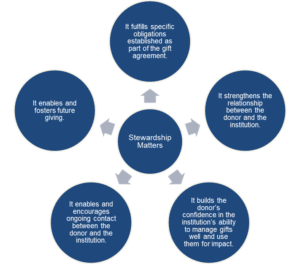
Click the image to enlarge
Entrepreneurial Collaboration: Enhancing the Core Program
So how does one enhance a core stewardship program, especially when operating in an environment of constrained resources?
One answer is to collaborate with internal units in order to extend stewardship to more of the donor gift pyramid – even to the mass communications channels. Duke University has done just that, as the stewardship team has developed a partnership and appreciation for the 12-person Development Communications team, led by Executive Director of Development Marketing and Communications Tracey Temne.
While Development Communications provides content for such stewardship, it also sees its role as stewardship through one-to-many channels of communications. “We steward the entire population of donors with mass marketing and communications, such as thank-you videos or updates on a fund or a project,” said Temne. “Our role and point of distinction is stewarding the masses. But of course we still work with principal gifts and major gifts – if they need a stewardship report we can provide writing, design, content, and information – whatever they need.”
What emerged was a powerful content engine that feeds donor relations and has the potential to do even more. “During the campaign, the development communications team was transformed in size, function, creativity, and impact,” said an appreciative Gleason. “They have enormous resources in terms of content that are useful to fundraisers and to donor relations. Scholarships are a great example. The development communications team interviewed scholarship donors, and they have great quotes on why the donors cared about financial aid; and how the donor’s gift really made a difference. It’s all about creating the linkages.”
“From my perspective, we are a content resource,” said Temne. “Over the course of the campaign, we have produced hundreds of documents and resources for gift officers to use…everything from talking points, to videos, to toolkits – such as a 90 second commercial on financial aid. We generated quite a bit of content, all with the goal of helping gift officers talk consistently about the need.”
To further foster internal collaboration, in 2012 Duke created an informal Donor Relations Working Group (DRWG), which is comprised of individuals charged with donor relations responsibilities across the University. DRWG meets every other month in the fall and spring. Its objectives are to “strengthen relations among donor relations professionals at Duke and to share stewardship ideas and resources” and it regularly shares information on topics such as the Duke Chapel Tour, and wrap-up and post- campaign stewardship of the Duke Forward campaign.
A second way to enhance a core program is to look to external colleagues, at other institutions, as an important source of ideas and inspiration.
Loomis Chaffee provided an example. “To go beyond the norm of stewardship, we have to know what the norm is. So I pulled together a stewardship meeting of peer schools and it was great learning for all,” said Stuart. “We had stewardship people from 10 schools come to campus for a day to share ideas and perspective. The camaraderie and collegiality were great.”
“As a one-person shop, I am in program-building mode,” said Stuart. “So the input from peers and colleagues is great to have.”
Success Breeds Challenges
A successful fundraising program brings an inherent challenge: more donors mean more stewardship is required.
As Duke proceeded through its campaign, this challenge became clear.
“Over the course of the campaign we added over 1,000 new endowment donors,” said Gleason. “So, we did not grow our staff adequately to do that kind of endowment reporting.”
Yet in retrospect, she is realistic about the reasons why. “In a campaign, the necessities drive activity and stewardship can fall into deferred maintenance,” she said. “At the beginning of the campaign, we were so focused on: can we hit these numbers? We moved at a pace that was compelling and all- consuming. In hindsight I would say: think about how your prospect pool will grow. Plan for success.”
But the challenge was not volume alone – it was also the type of stewardship report being required.
“The reason was that the Duke Forward campaign featured interdisciplinary, spendable funds that were not for endowment,” said Gleason. “Meanwhile, the stewardship function had been structured to fulfill fiduciary reporting, creating over 3,000 individual stewardship reports.”
“Throughout the campaign, we became aware we were adding new kinds of donors,” said Gleason. “The campaign featured interdisciplinary initiatives, and we had no provisions to report on these unless they were endowed funds. But we were asking for expendable gifts for these initiatives, so this became our first exigent need. The reality is that the University is increasingly interested in expendable gifts. We did not yet have a structure for reporting on them, so we had to create one.”
“My advice is: anticipate success on interdisciplinary initiatives, and think about the systems you have to build.”
Another challenge is to make events fresh, relevant and customized. At Loomis Chaffee, Stuart feels this acutely.
“We do a leadership event annually, but there’s opportunity to do more,” she said. “Certainly, an event which honors the school’s most generous donors elevates the importance of leadership giving and initially might influence donors to raise their sights. People feel good and special to be in that room in the first couple of years of the event. But over time, people may not even know or understand why they were invited. I think we could do more.”
“Where we make the most impact are personalized events,” she added. “When we take an event to a personal level, such as smaller luncheons, in which students can meet their scholarship donor, or faculty can meet their donor. We want to do much more of this.”
Meeting the Challenges
Duke University is taking a strategic approach towards addressing post-campaign stewardship challenges. As Duke plans to continue its fundraising momentum, they have taken a step back to conduct a stewardship study with GG+A, which includes an inventory and assessment of stewardship programs across the University.
“There are so many good stewardship ideas that can be executed, and that’s why an inventory that a post-campaign study can provide is so helpful,” said Gleason.
As Duke found that campaign success led to a greater demand for stewardship, limited resources for stewardship meant that stewardship programs started to emerge among the schools and units. “In a complex, decentralized campus, stewardship programs can pop up among the schools because of unmet needs. Some are very good – such as impact reports that can be displayed on an iPad – and could be scaled or duplicated.”
A strategic approach that is driven by data is being used by MD Anderson. Over the past five years, the team has fielded an annual donor survey. The results have provided useful feedback which has helped improve the stewardship program, according to Doyle.
“One small thing can make a big difference,” she said. “The most common feedback was: save your money and don’t provide a fancy folder. So now we don’t. Your personalized stewardship report comes to you in an A-10 envelope.”
“One small thing can make a big difference.” – Lisa Cuccia Doyle
Other donor feedback has led to improvements in content and formats. “Donors remind us of the importance of writing in lay language,” said Doyle. “So our writers spend extra time to translate the content that faculty provide us into accessible information.”
“Given the clutter of information these days, we know we can only hold donor attention for a short amount of time,” added Doyle. “So, we work hard to be concise. We have a one-page limit for most of our reports, with a word count towards which we work closely with our faculty to adhere.”
The openness to optimize a stewardship program at MD Anderson based upon donor feedback can lead towards unexpected conclusions.
“We have also challenged the historical assumption that every major gift donor wants an endowment report from us,” said Doyle. “This year, we asked our major gift officers to review their portfolios to see if they believed any of their donors would not want a report. We received a lot of productive feedback, as several fundraisers pointed out donors who were planning to visit the campus to see their impact firsthand and therefore did not require a formal report.”
Conclusion: The Power of Stewardship
Smart stewardship programs like those at Duke, Loomis Chaffee, and MD Anderson thrive because at the end of the day, there is compelling evidence that stewardship works.
Recall the MD Anderson donor survey. “More than once, in addition to the survey results which have been positive, we have received a check along with the survey,” said Doyle.
“On one occasion, we received a check for $250,000 in a survey response envelope. It came along with a message from the donor which asked us to thank the doctor for taking the time to personally write a note of thanks.”
“That kind of donor feedback keeps me and my team going,” said Doyle.
Now that’s exemplary stewardship, to which we can all aspire.
Tips for Sustaining Successful Stewardship Programs
“In a campaign, the necessities drive activity and stewardship can fall into deferred maintenance. At the beginning of the campaign, we were so focused on: can we hit these numbers? We moved at a pace that was compelling and all-consuming. In hindsight I would say: think about how your prospect pool will grow. Plan for success.”
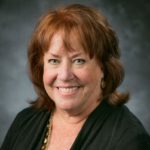
Ann Gleason
Senior Assistant Vice President for Individual Giving
Duke University
“Often people think stewardship lives in a department and that one department can take care of it. But we know that one department cannot steward 300,000 donors single-handedly. So we need to look at the entire organization to ensure all of us are working together to make sure everyone feels thanked. Various units can play a role—from donor relations at the major and principle gift level to the annual fund at the $25 or $500 level. For everyone connected to Duke, we have to ask are we educating, inspiring and connecting donors back to the University in a way that will lead to them giving again? We can’t assume stewardship can live within one department—because that’s impossible.”
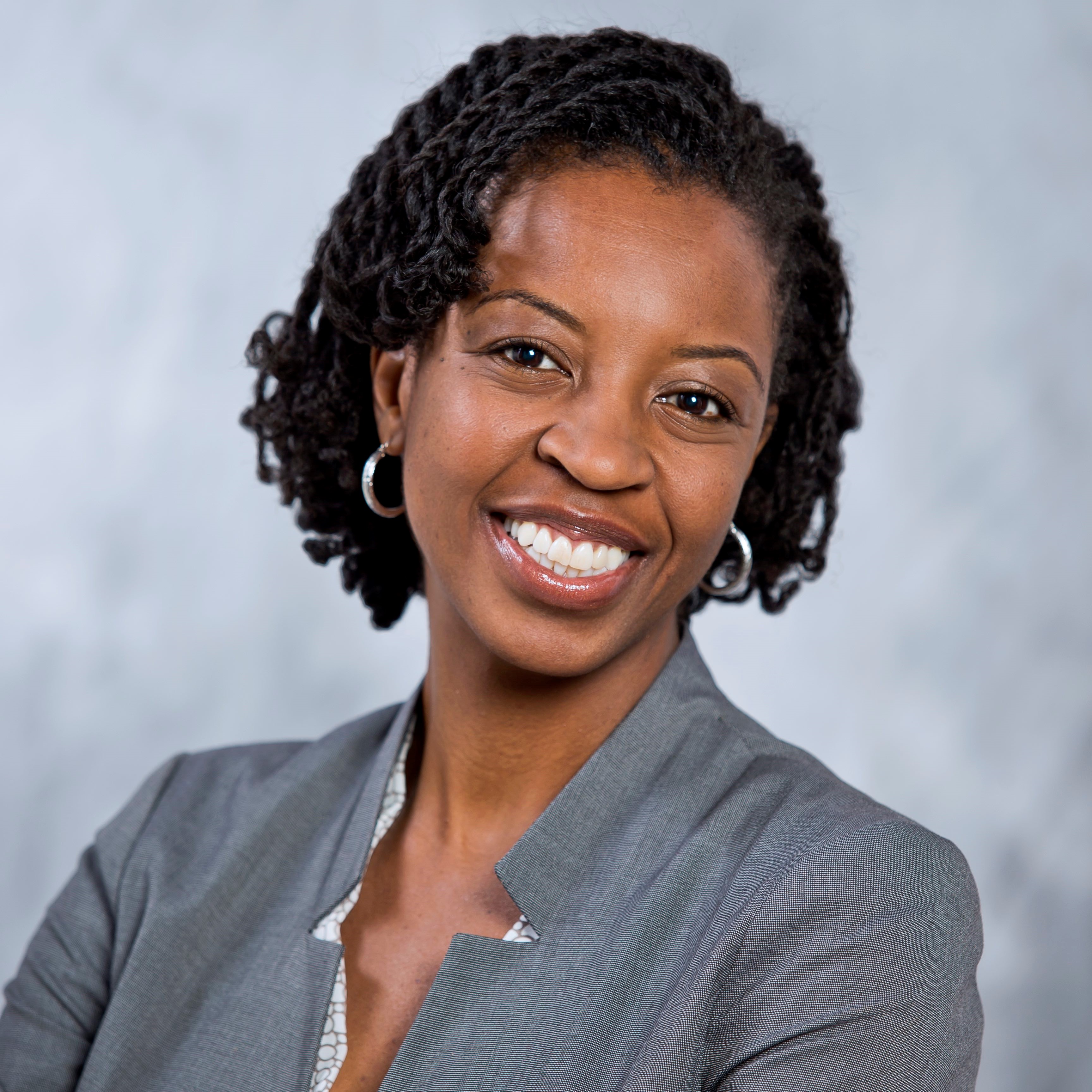
Tracey Temne
Executive Director of Development Marketing and Communications
Duke University
“The small things count a lot. Put yourself in the major gift officers’ shoes. It’s all about giving the major gift officer enough ammunition to be powerful and strong in their communications.”
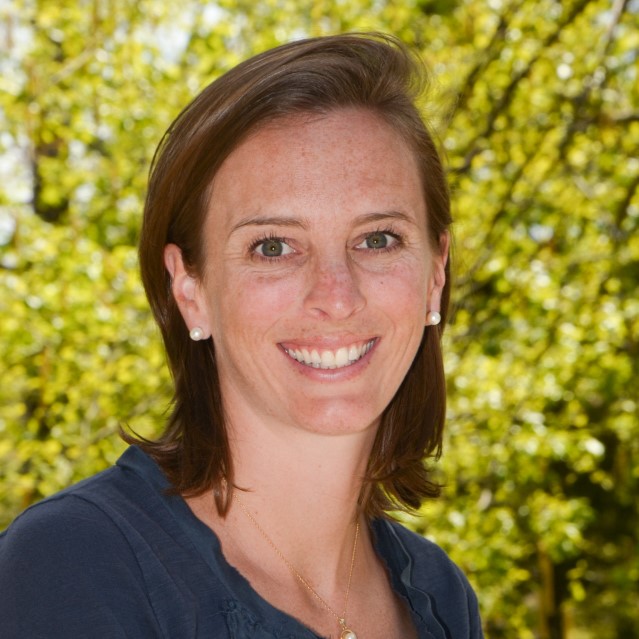
Chelsea Stuart
Director of Stewardship
the Loomis Chaffee School
“I think donors, at the top of the giving pyramid, expect great stewardship. I really believe that when a donor makes a transformational gift to support a specific purpose, they want the evidence about what that gift did. How did it touch the patient’s life? How did it help the doctor? This is the expectation, the norm for major donors.”
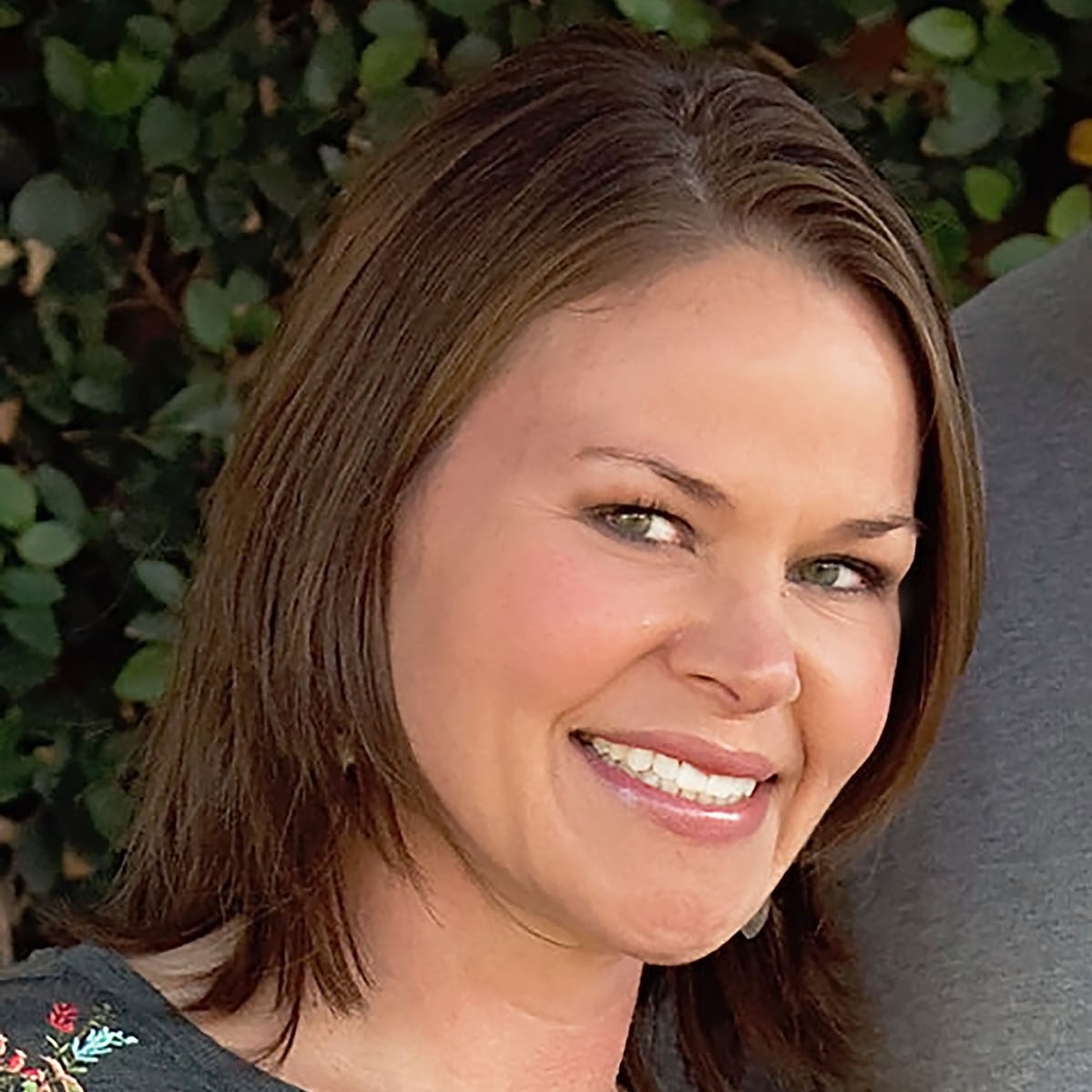
Lisa Cuccia Doyle
Senior Director of Donor Relations & Stewardship
MD Anderson Cancer Center



